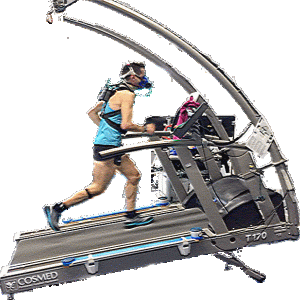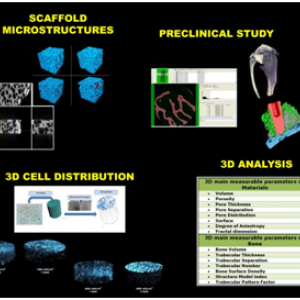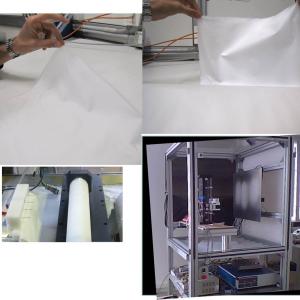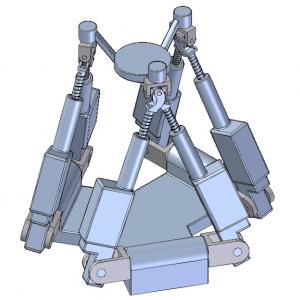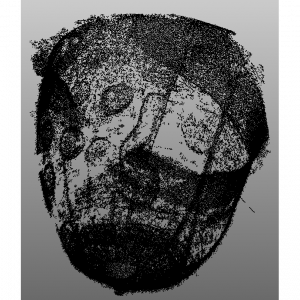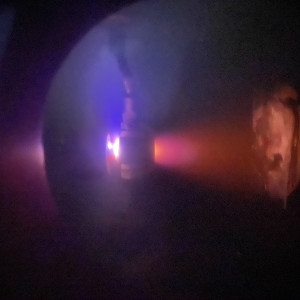
Realisation of nanostructured coatings with osseointegrative and antibacterial properties
Plasma-assisted Ionized Jet Deposition (IJD) is a technology enabling the fabrication of surface coatings from various materials. Its operating principle involves a pulsed electron beam striking a target material, causing its pulverization and...


